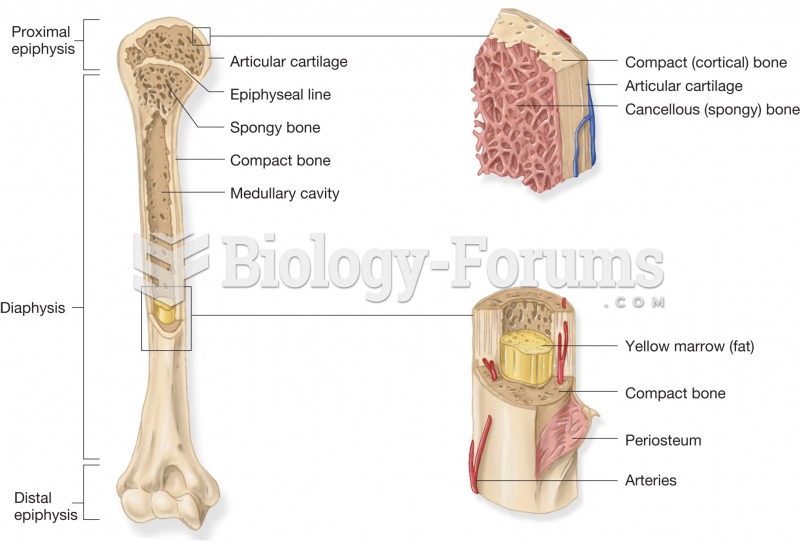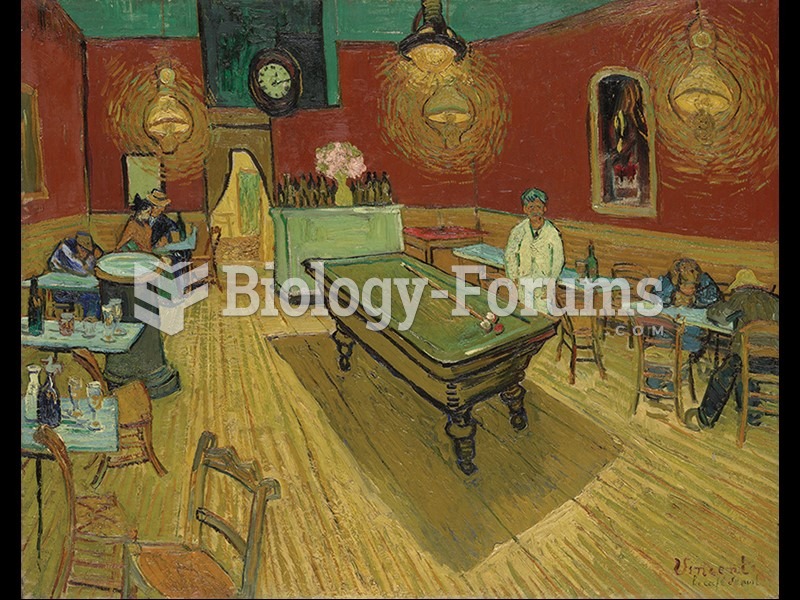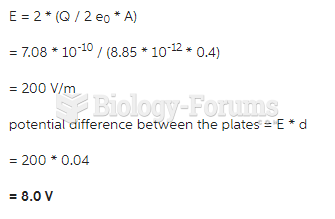Riku is a 19-year-old college student. One morning, after a long night of studying, Riku woke up and made himself a hot cup of coffee and toast.
Much to his surprise, when he brought the cup to his mouth to drink, the coffee spilt onto the table. Riku went to the bathroom mirror and noticed the left side of his face seemed to droop. He quickly got dressed and ran to the medical clinic on the college campus. As he ran, his left eye began to feel scratchy and dry, but he could not blink in response. The physician at the clinic listened to Riku's story and then did a careful cranial nerve examination. She concluded that Riku had Bell palsy, an inflammatory condition of the facial nerve most likely caused by a virus.
What are an afferent neuron and efferent neuron? What are efferent components of the facial nerve and their actions?
Under certain circumstances, axons in the peripheral nervous system can regenerate after sustaining damage. Why is axonal regeneration in the central nervous system much less likely?
At a healthy myoneural junction, acetylcholine is responsible for stimulating muscle activity. What mechanisms are in place to prevent the continuous stimulation of a muscle fiber after the neurotransmitter is released from the presynaptic membrane?
Question 2
Ramandeep is an active 23-year-old. She works as a part-time nurse during the day and is studying for a postgraduate certificate in the evening.
Ramandeep started to wear a bite plate at night after she began to experience jaw pain and headaches. Sometimes the pain radiated to her ear, and she would apply a hot water bottle to it to ease the discomfort. It was not until her husband mentioned to her that he heard her grinding her teeth at night while she was sleeping. She knew then that her headaches might be from temporomandibular joint syndrome, and she went to her dentist to confirm her thoughts. In addition to the bite plate, the dentist also recommended she should continue with the application of heat, use NSAIDs when needed, and incorporate regular relaxation exercises throughout her stressful days.
What effect does heat have on nociceptors so that it makes a good nonpharmacologic treatment for pain?
Heat and cold treatment are both hypothesized to have an effect on the release of endogenous opioids. What are these chemicals, and why are they hypothesized to be beneficial in the body?
Using your knowledge of physiology, how do NSAID analgesics function in the management of pain?







